Teaching kids to take initiative (Part 2) ~
Written by Kari Patterson
“What can I do for you this morning, MoaLoa?”
Heidi (14) had just woken up and come downstairs. She has about a dozen knick-names for me, so that wasn’t new, but it struck me afresh: She has become so helpful, I couldn’t do our life without her.
Shortly after, I was starting breakfast and the little boys (4 and 2) began bickering and rough-housing. I interrupted: “Who can help me crack these eggs? I need a helper.”

They both jump up, “ME!” They scramble to get their stools and bicker a bit more about who gets to go first, but we settle into a situation that satisfies us all: Justice (4) cracks the eggs, Ben (2) stirs them up with a fork. Ben eventually gets a turn cracking eggs as well.
Of course he just crushes them with his hands, but we fish out all the eggshells and we’re good to go. Justice loses interest after a bit and wanders off to play. Ben stays by my side, stirring the eggs in the skillet, cutting up sausage with a butter knife.
“I a helper!” he declares proudly.
Six years ago when I wrote this post about initiative, we had half the kids we have now. Now our oldest son is nearing the age of the young man in the article. Like you, I’m always a student.
I want to keep learning how to educate our children well and raise them to be helpful, kind, generous, thoughtful, and to take initiative. Just as Sir Malcolm and the Missing Prince (our favorite Lamplighter dramatized audio book) teaches, I want our kids to see a need and meet it.
Recently I picked up another book that resonated deeply with me on this subject. Hunt, Gather, Parent by Michaeleen Doucleff explores the parenting strategies of different cultures around the world, specifically looking at cultures that lack the alarming rates of teen anxiety and depression that we see here in our western culture.
The book articulates so much of what was already percolating in many of our hearts. Learning to take initiative isn’t enough. We want our kids to develop a genuine care for those around them and the desire and ability to act of their own initiative to meet needs.
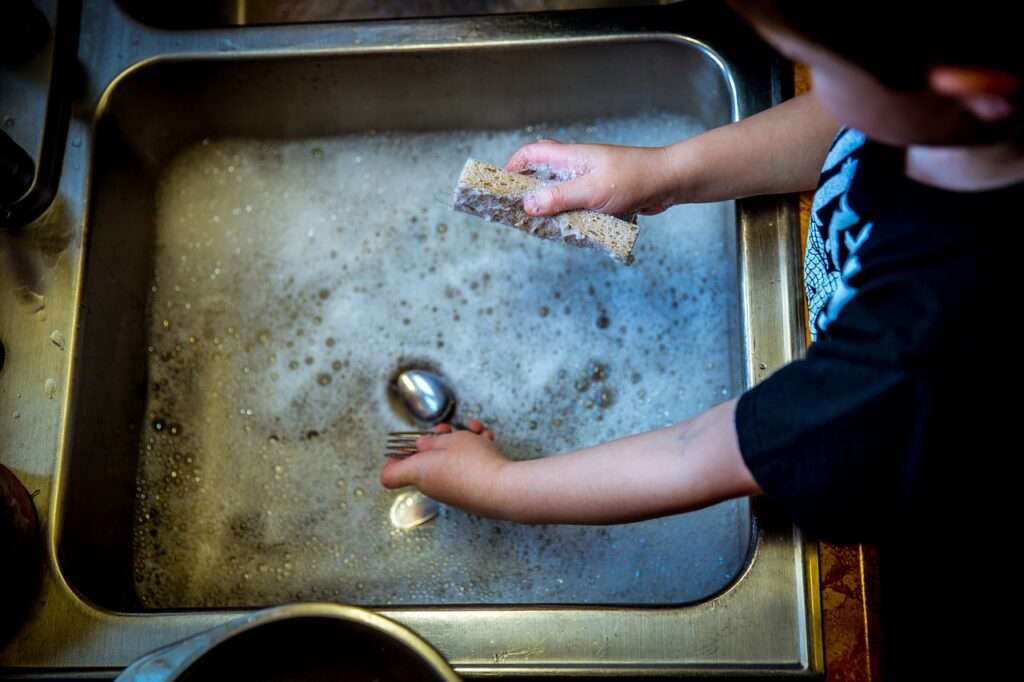
Further, we believe that this sense of belonging to each other, this sense of making a genuinely valuable contribution to the good of those around us is what truly develops a healthy sense of self-worth.
A few ways we teach kids to take initiative:
1. Be a team.
In the Mayan culture, if a child misbehaves, they need more responsibilities. But these responsibilities aren’t separate from the parent. The Mayan method is all about togetherness, so for young children, all work and chores are done together.
This isn’t a chore chart, this is the opportunity to belong to a team. This is getting to work alongside Mom or Dad, learning what they do, being included and involved, and given opportunities to contribute to the team in meaningful ways.
2. Start young.
Doucleff rightly observes that all young children want to be helpers. Toddlers especially! At precisely the age that they are the least helpful, they have the most desire to help!
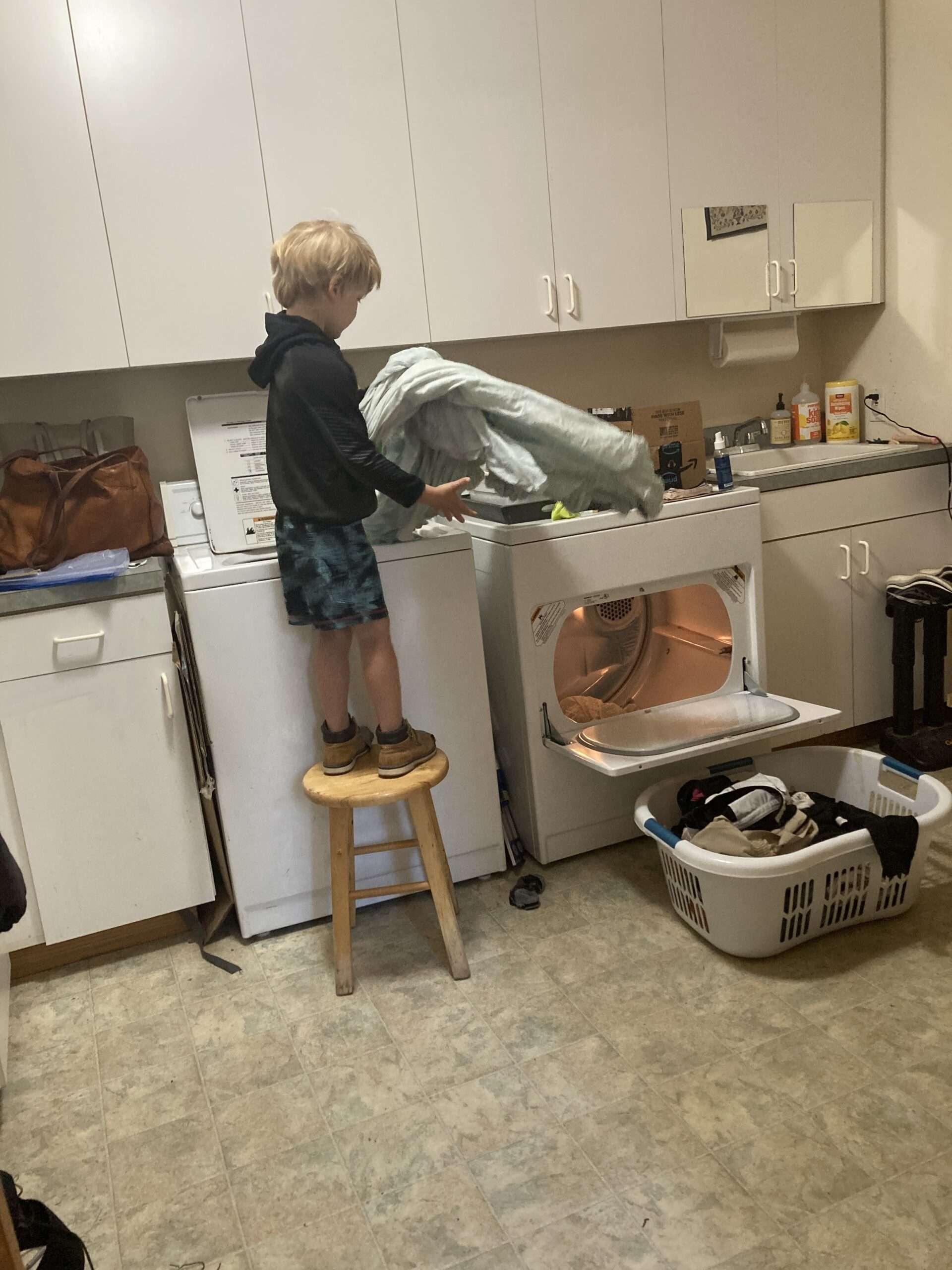
But she urges parents NOT to squelch that desire, unknowingly teaching them that work and chores and meaningful contributions are only for the big people. Without a word we do this (I do this!) when we force them aside, sit them in front of a screen, or rush to do all the housework while they are napping.
If we make a habit of involving them when they are young, they will develop a healthy sense of belonging, a confidence that comes from making valuable contributions, and an ability to notice what needs to be done and respond.
3. Invite.
One of the things that most stood out to me about her research was the way Mayans respected their older children. It’s so easy to get frustrated and think, “My kids need to do more! Alright, bootcamp starts tomorrow!”
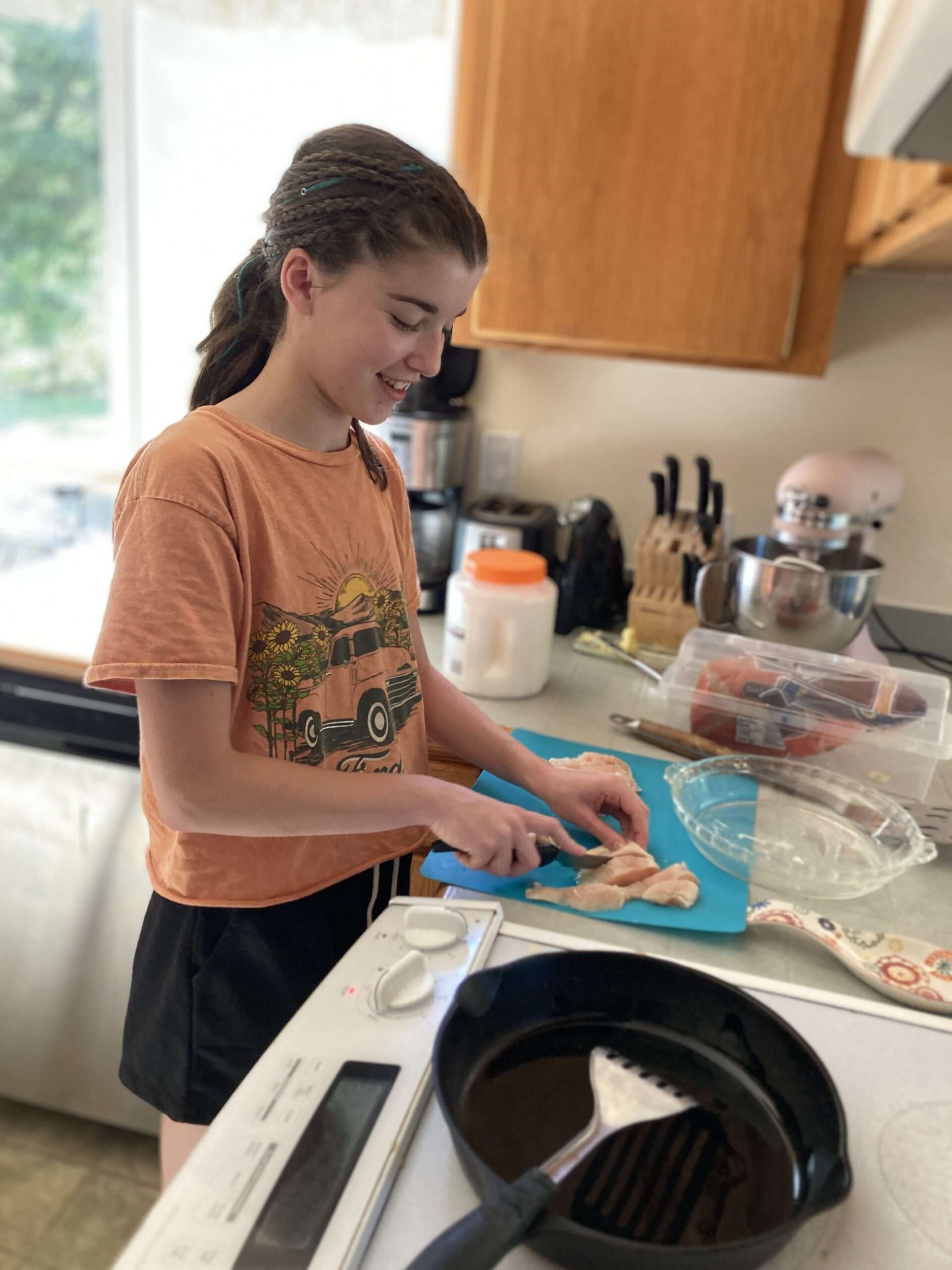
The Mayans encourage parents to ease into this, to be patient, and to invite, rather than force, older children into the full swing of household responsibilities.
Certainly there may be a thing here or there that is absolutely required, and that’s fine. But on the whole, the goal is to go slowly, gently, day by day, bring kids into the regular routines of home, cooking, cleaning, working.
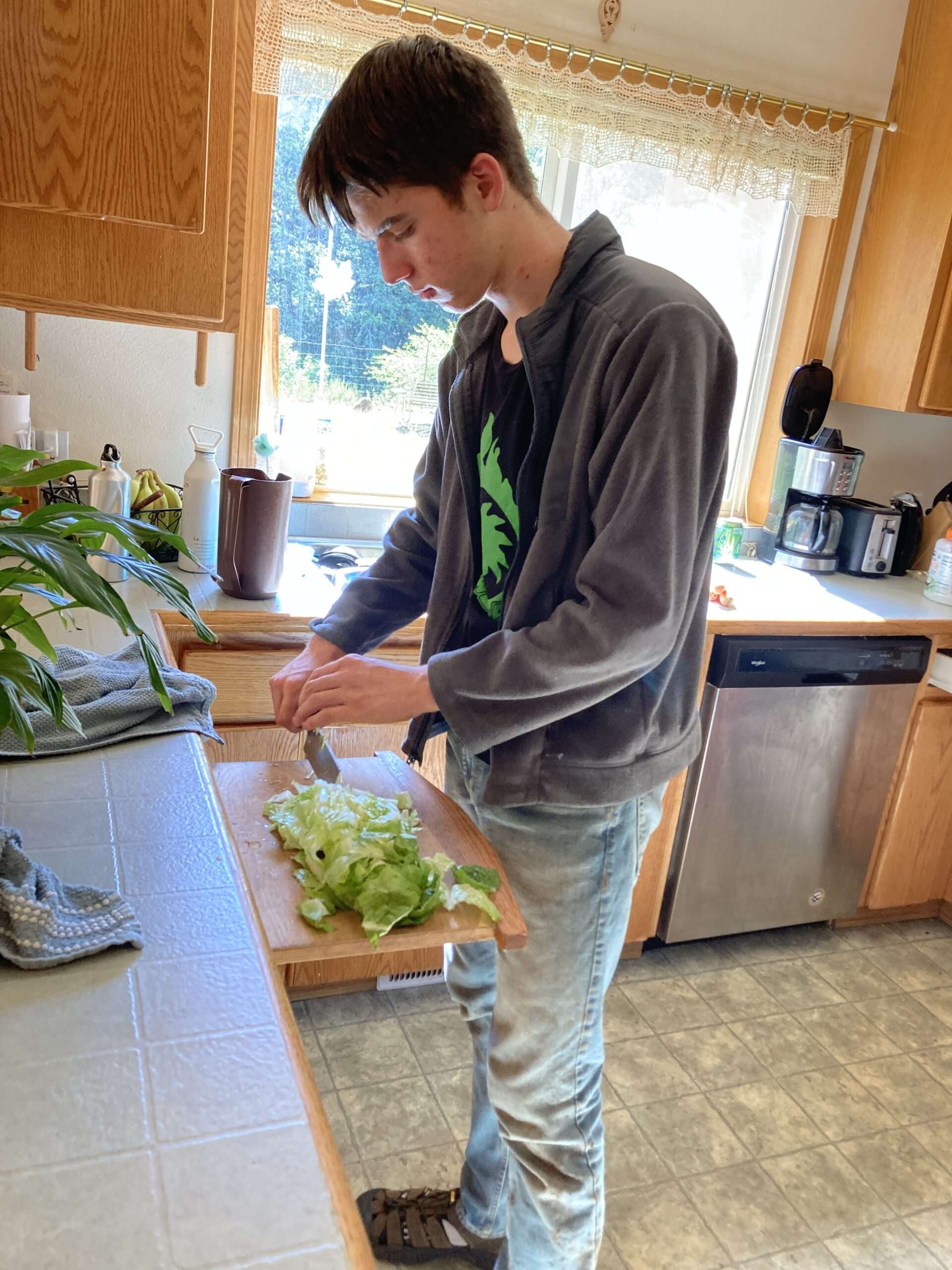
Habits are taught slowly, bit by bit, over time. The key is to recognize where we are inadvertently teaching our kids that they belong in a world where everything revolves around them.
Then we fully bring them into the fold of family, involving them in every task and giving them the genuine privilege of contributing and learning skills that will serve them their whole lives.
What’s Your Homeschool Mom Personality? Take Jamie’s quiz now and receive a free personality report to help you organize your homeschool based on what your type needs most!


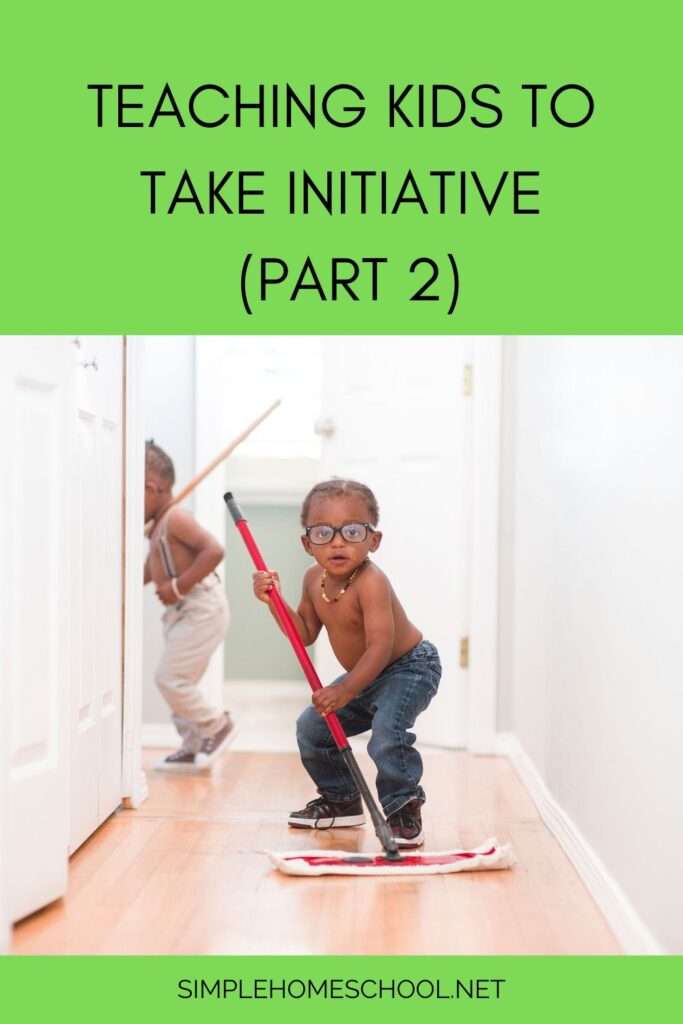
 Weekend homeschool links: July 7th
Weekend homeschool links: July 7th